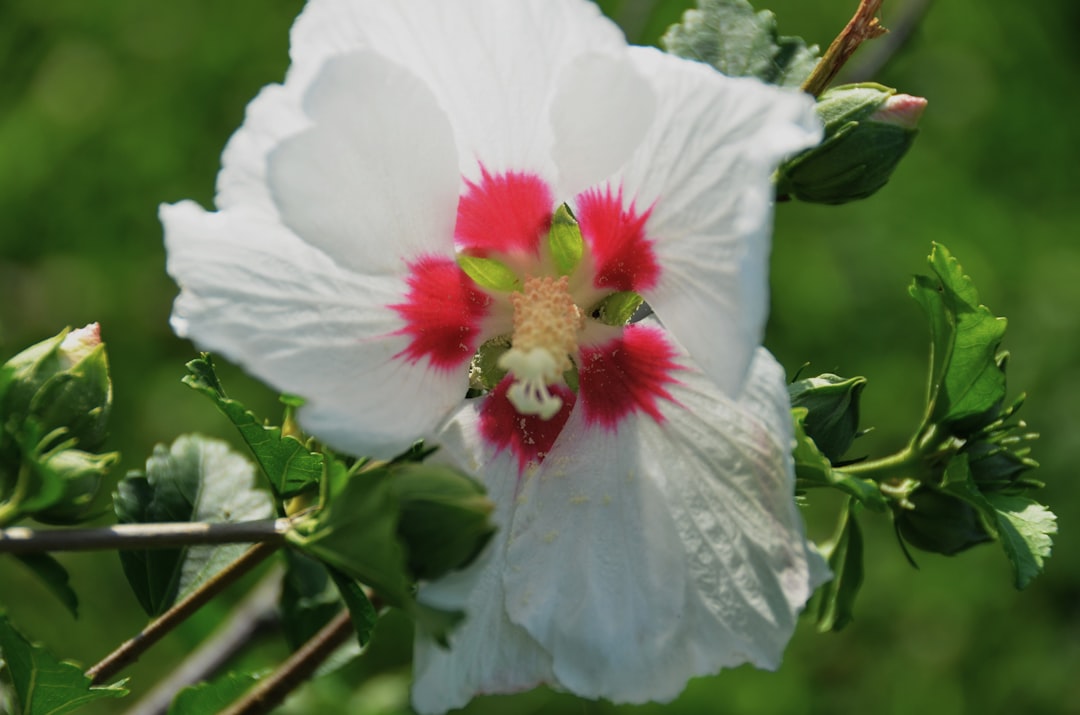Charming Your Feathered Friends: A Guide to Error - Free Hummingbird Feeders

For nature lovers, having a garden filled with the vibrant flutter of hummingbirds is a dream come true. These tiny, iridescent creatures bring life and color to any outdoor space. However, many gardeners unknowingly make mistakes when setting up hummingbird feeders that can deter these delightful birds or even put their safety at risk. In this guide, we'll explore expert tips on avoiding common hummingbird feeder mistakes, ensuring that hummers spend more time in your yard and stay safe.
Choosing the Right Feeder
One of the most fundamental decisions is selecting the appropriate hummingbird feeder. There are various types available in the market, including tube feeders, saucer feeders, and bottle feeders. Tube feeders are popular as they mimic the shape of flowers, which hummingbirds are naturally attracted to. Saucer feeders, on the other hand, are easy to clean and can hold more nectar. When choosing a feeder, consider its size, capacity, and ease of cleaning. A feeder that is too small may require frequent refilling, while a large one might lead to nectar spoilage if not consumed quickly.
Another important factor is the material of the feeder. Opt for feeders made of high - quality, non - toxic materials. Plastic feeders are lightweight and affordable, but they can crack or fade over time. Glass feeders are more durable and less likely to harbor bacteria, but they are heavier and more prone to breakage. Metal feeders should be avoided as they can heat up in the sun and make the nectar too hot for the hummingbirds.
Preparing the Right Nectar
The nectar you provide is the main attraction for hummingbirds. It's crucial to prepare it correctly. The ideal ratio is four parts water to one part white granulated sugar. Avoid using honey, brown sugar, artificial sweeteners, or red food coloring. Honey can ferment quickly and cause fungal infections in hummingbirds. Brown sugar contains minerals that can be harmful to these delicate birds. Artificial sweeteners lack the necessary calories that hummingbirds need to fuel their high - energy flight. Red food coloring has been linked to health problems in some studies, and hummingbirds are attracted to the color red of the feeder itself, not the color of the nectar.
To make the nectar, simply boil the water, add the sugar, and stir until the sugar is completely dissolved. Let the nectar cool before filling the feeder. It's important to change the nectar regularly, especially in hot weather, as it can spoil quickly. A good rule of thumb is to change the nectar every two to three days in warm weather and every five to seven days in cooler weather.
Placement of the Feeder
Where you place the hummingbird feeder can significantly impact its attractiveness to the birds. First, choose a location that is visible to the hummingbirds. They are more likely to find the feeder if it's in an open area, away from dense foliage where predators might hide. However, it should also be partially shaded to prevent the nectar from overheating in the sun.
Keep the feeder at a safe distance from windows to avoid collisions. Hummingbirds can fly at high speeds and may not see the glass. If possible, place the feeder within 3 feet of a window or more than 10 feet away. This way, if a hummingbird does fly towards the window, it either won't gain enough speed to cause injury or will have enough distance to stop in time.
Also, make sure the feeder is stable and won't sway too much in the wind. A wobbly feeder can make it difficult for hummingbirds to feed comfortably.
Maintaining a Clean Feeder
Regular cleaning of the hummingbird feeder is essential for the health of the birds. Bacteria, mold, and fungi can grow in the feeder, especially in warm and humid conditions. To clean the feeder, first, empty any remaining nectar. Then, disassemble the feeder and wash all the parts with hot, soapy water. Use a small brush to scrub the inside of the feeder, including the ports and tubes, to remove any residue.
Rinse the feeder thoroughly to ensure that no soap remains. You can also use a mild vinegar solution (one part vinegar to four parts water) to disinfect the feeder. Let the feeder air - dry completely before refilling it with fresh nectar. It's a good idea to clean the feeder at least once a week, or more frequently in hot weather.
Dealing with Competition and Predators
Hummingbirds can be territorial, and you may find that one dominant bird tries to keep others away from the feeder. To encourage more hummingbirds to visit, consider placing multiple feeders in different locations around your yard. This way, the birds can feed without constantly competing for access.
Be aware of potential predators such as cats, spiders, and wasps. Keep cats indoors or away from the area where the feeder is located. To prevent spiders from building webs around the feeder, regularly check and clean the area. For wasps and bees, choose feeders with bee guards or place the feeder in a location where it's less accessible to these insects. Some feeders have built - in mechanisms that prevent larger insects from reaching the nectar.
In conclusion, by following these expert tips on avoiding common hummingbird feeder mistakes, you can create a safe and inviting environment for these beautiful creatures. With a well - chosen feeder, properly prepared nectar, strategic placement, regular cleaning, and measures to deal with competition and predators, you'll be able to enjoy the presence of hummingbirds in your yard for many seasons to come. So, get out there, set up your feeder, and let the magic of these tiny birds fill your garden with joy and wonder.